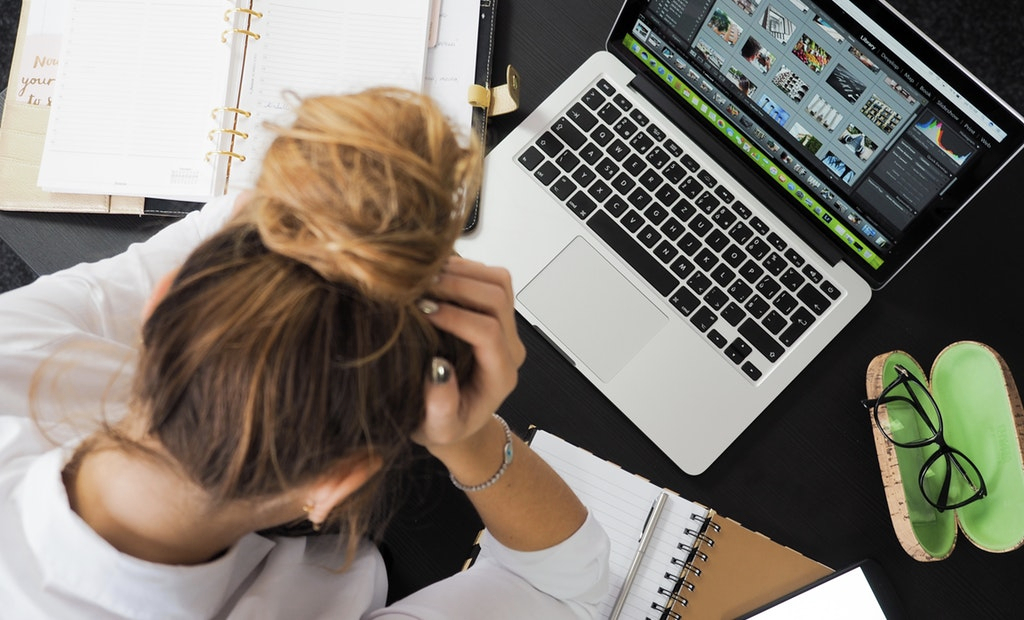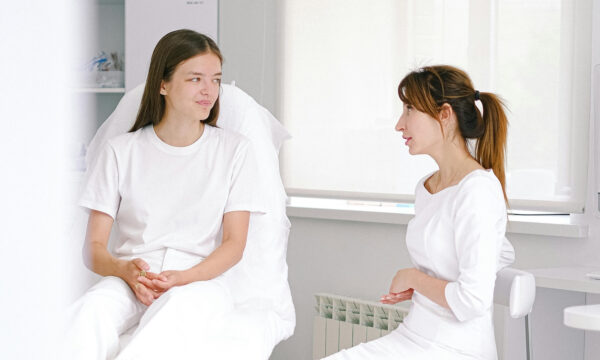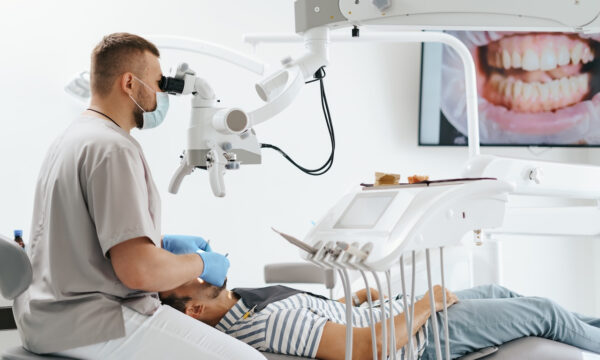Your work could be affecting your vein health

Modern lifestyles are becoming more sedentary, with many people sitting at desks working all day, as well as spending a lot of time sitting in their leisure time, which can cause problems for the health of your veins. In addition, jobs that require a lot of standing up and walking are also at risk of the same issue. Varicose veins caused by workplace requirements affect many people and are something that can be prevented and resolved with appropriate treatments.
What are varicose veins?
Varicose veins are a medical condition that occurs when the small valves inside the vein become damaged or weakened. When the damage occurs, blood stops being pumped efficiently back towards the heart and can pool in the vein and cause it to swell or become twisted.
These veins typically occur in the lower body, since the valves have to work harder to pump the blood back to the heart when they are working against gravity. When these veins become swollen it can become painful and bruised-looking, and the vein can be seen through the skin with a bluish-green colour. These veins can also feel itchy and tender, and can put you at greater risk of blood clots or other complications.
Which jobs are at risk?
Any job which requires you to sit still or stand for long periods of time is at greater risk of developing varicose veins or blood clots. The types of jobs which may be particularly at risk include:
- Office and computer workers
- Healthcare professionals
- Commercial driving
- Teaching
- Hospitality
- Retail
- Flight attendants
How can they be prevented and treated?
Varicose veins can be prevented at work by taking regular breaks and making sure that you are not on your feet or sedentary for long periods of time. If your job requires a lot of sitting down, take breaks to stand up and walk around to keep the blood flowing in your legs. If your job requires you to be on your feet, take breaks to sit down and elevate your legs wherever possible.
If you have already developed varicose veins, there are a number of treatments that you can look into, and these treatments are continually improving and becoming less invasive. For example, vein treatments that are available include:
- Heat-based treatments which use heat-based energy to close off the leaking or swollen vein
- Foam sclerotherapy, which injects foam into the vein to seal it
- Clarivein (a chemical treatment)
- Sapheon glue, which is a new technique still in development
One of the easiest and least invasive preventive measures you can take is to wear compression stockings. Compression stockings have many benefits, and can also be stylish to fit in with your fashion choices. Recent research has found that compression stockings can help to “reduce aches and pain associated with varicose veins”, and help to prevent leg swelling during pregnancy. There are different levels of compression, including support pantyhose, compression stockings bought over the counter, and prescription stockings. Fashion-forward compression stockings are also being developed for the fashion-conscious consumer and those who do not want it to be obvious that they are using compression stockings.
If you are working in a sedentary job or a job that requires you to be on your feet all day, compression stockings can be a good preventative measure to take. If you are already suffering from varicose veins, they can be a compliment to minimally-invasive vein treatment. In any case, if you are aware of the risks that come with your job, you can aim to prevent varicose veins before they occur.
The editorial unit




















Facebook
Twitter
Instagram
YouTube
RSS